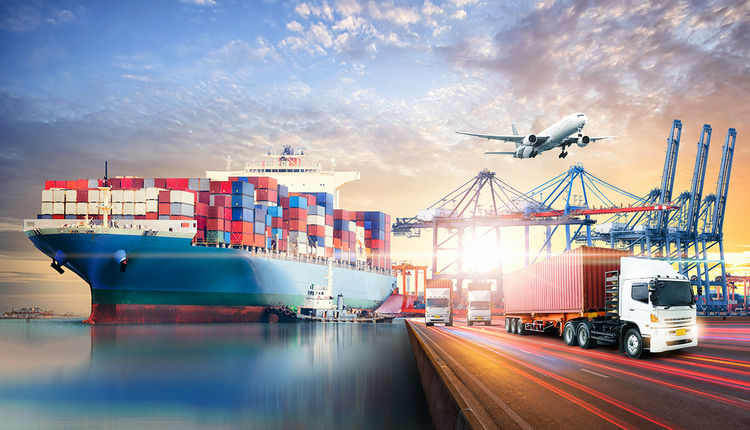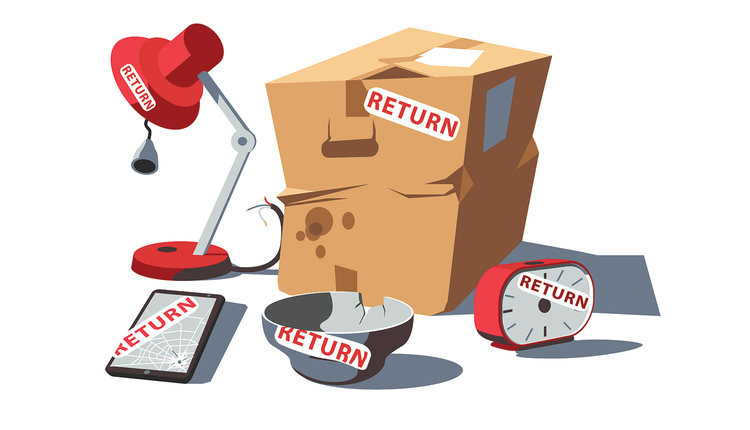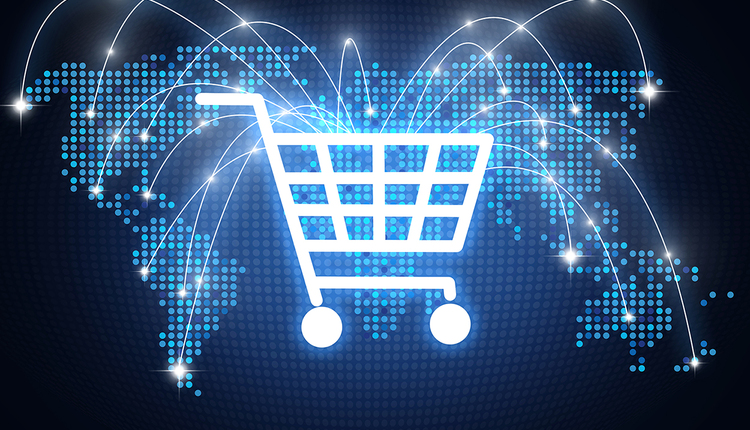We recently released our fourth annual Future of Posts report, which highlights trends and the current state of the postal industry. The survey is based on responses from over 151 respondents from 70 posts around the world. The data from this survey provides us with tremendous insight into some of the strategies and priorities postal operators are implementing now and in the near future.
Over the past four years that we’ve conducted this survey, we witnessed the role of the traditional post evolve, as postal operators expand to higher growth areas like parcels, financial services, government services, identity services, and more. In fact, this year, 77% of posts indicated that e-commerce parcels are the top growth opportunity. This isn’t surprising, considering the pandemic-induced surge in online shopping. But even with the pandemic (somewhat) in the rearview mirror, it’s clear that parcels will remain a key driver of growth moving forward.
Are Posts Profiting from Parcels?
But are posts profiting from parcels? In our survey, we asked about the impact of the pandemic on revenue and profitability. Interestingly, from a profitability standpoint, 66% of posts cited the pandemic had a negative impact on profitability, and only 24% indicated the pandemic had a positive impact on their profitability. This was an intriguing finding and raises several questions. Were the majority of posts unprepared for the surge in parcel volumes and unable to fully benefit from a profitability standpoint? Why didn’t profits rise alongside rapidly rising volumes?
One potential explanation for this could be the swift shift in focus to delivery in order to accommodate the rapid increase in parcel volumes in an effort to avoid bottlenecks. In fact, during the pandemic, 38% of posts accelerated their delivery network expansion strategies in an attempt to alleviate bottlenecks. In this regard, these challenges have provided incredible clarity for posts on the delivery side of the business. However, there seems to be more ambiguity on the retail side of the business, with 35% of posts re-thinking their retail network expansion.
In light of these findings, what is the best path forward? Here are five key strategies that will help posts not just profit from parcels but truly thrive in this current environment.
Realize Delivery and Retail Network Synergies
Because posts consider e-commerce parcels their biggest source of potential growth over the next five years, it’s not surprising they also feel it will have the biggest impact on their business. This certainly explains why 53% of posts indicated they are planning to reorganize and adopt new strategies to handle the influx of parcels.
But another way posts can begin to increase efficiency and improve profitability is to realize the synergies between their retail and delivery networks. Posts that can leverage their large, nationwide, retail networks will be able to actually expand delivery capacity too. A larger, more integrated retail network — made possible through pick up, drop off (PUDO) and third-party partnerships — will enable posts to deliver more parcels because they now have more pickup locations, more return options, fewer delivery stops, and more efficient routes.
Increase Access
Similarly, posts should offer customers more convenient and accessible postal service locations through third-party partnerships with convenience stores, petrol stations, supermarkets, paketshops, and more. Using the PUDO model, a post can transform a heavy fixed-cost retail network into one that has a more variable cost structure. Our survey shows that 54% of posts expect to leverage more third-party agencies over the next three years, while 38% of posts expect to use PUDO.
Change The Cost Profile
Another important lesson we can take from our experiences during the pandemic is that customers are embracing mobile and self-serve options more than ever, which offers benefits on both sides of the counter. For posts, incorporating self-service into the postal retail network improves customer service, reduces lines and wait times, and is far more cost-efficient. For customers, it offers contactless options and convenience. To that end, many posts say they are planning to implement self-service kiosks, smart lockers, and new retail point-of-service systems over the next one to three years.
Mobile Postal Services
From our Future of Posts survey, posts overwhelmingly indicated the likelihood of a very mobile future. Three-fourths of respondents said they plan to develop mobile apps over the next one to three years. Other mobile postal services may include a mobile postal delivery person, the ability to ship or return a parcel via mobile app, print a shipping label, or scan a QR code.
Real-Time Data Analytics
Ninety-two percent of posts said that either they are already using real-time data analytics or plan to in the near future, because they know it will add value on both the retail and delivery sides of the business.
And whether it’s to improve customer service, to reduce customer wait times, or to better understand the customer, data analytics will enhance and support each of these key areas. For instance, 67% of posts indicated that improving the customer experience is the primary reason for expanding POS channels. Data analytics can be used to inform posts which specific POS channels, locations, and features will drive the best customer experience outcomes.
This year’s Future of Posts report shows how resilient postal operators are in such a rapidly changing world. Posts are clearly taking decisive steps to set themselves up for success, especially with regards to e-commerce parcels. Strategies to trim costs and boost operational efficiencies are also evident with a heavy focus on automation and route optimization, which will help posts improve parcel operations.
Brody Buhler is the CEO of Escher. With more than two decades of experience, he joined the Escher team at the start of 2021. He oversees all departments at Escher and is responsible for driving the company’s growth, strategy, product, operations, and culture. You can download the full Future of Posts 2021 report here. https://www.eschergroup.com/resources/the-future-of-posts-2021/
This article originally appeared in the 2021 International issue of PARCEL.













